- Beautiful plant flowering in mid-winter will fill a cool room with its sweet scent.
- The blooms are pink in bud appearing between the dark green leaves.
- Buds will open in several weeks.
- Often sold on a hoop.
- Fills your bedroom with its sweet perfume, soothing your senses and will lull you to a good night sleep.
- Easy to care.
Plant Essentials
Light
Filtered Sun, out of direct light.
Temperature
10-20°C
Water
Keep the compost moist from spring to late summer, reduce watering in winters. Do not let it dry when in flower. Needs good drainage. Donot over water.
Media
Soil based compost mixed with some perlite.
Fertiliser
Apply a balanced liquid fertilizer once 15 days from spring to autumn.
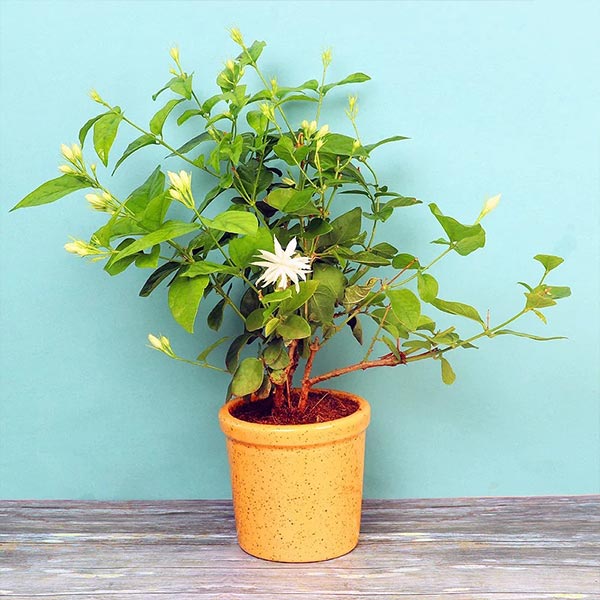
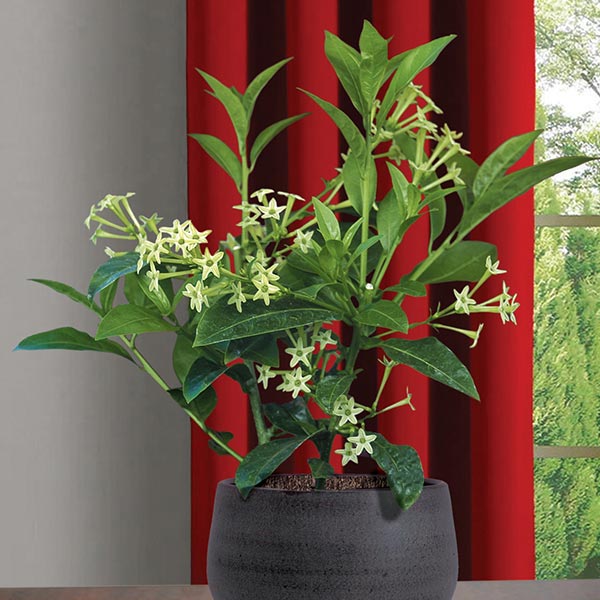
Potting
Plant in a pot that fills the root balls. When mature donot repot, just change the top layer of compost every spring.
Other Tips/ Info
Keep in a cool room, it will suffer in warm environment. Prune after flowering. Once blooming is complete and temperature rises, keep the plant outside. Needs space to expand on wires or trellis.
Preferred Pot Size
5-6 inches
Maximum Height
8 feet
Approx. Spread
8 feet

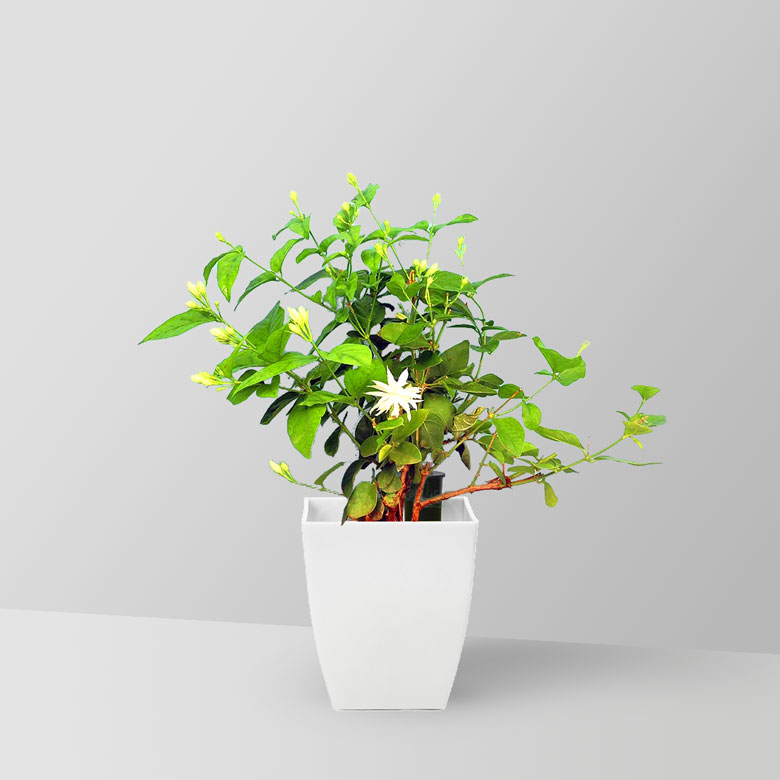

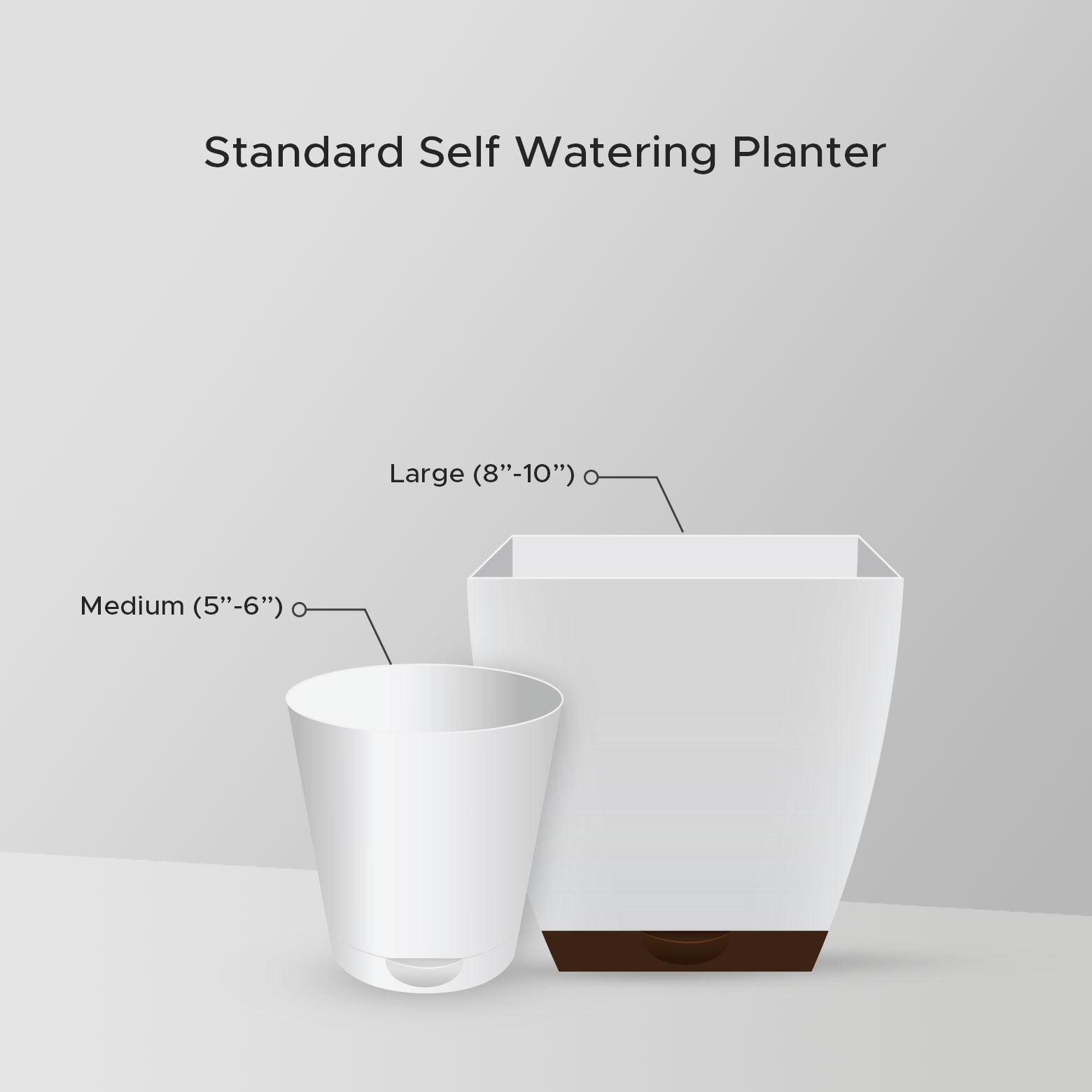
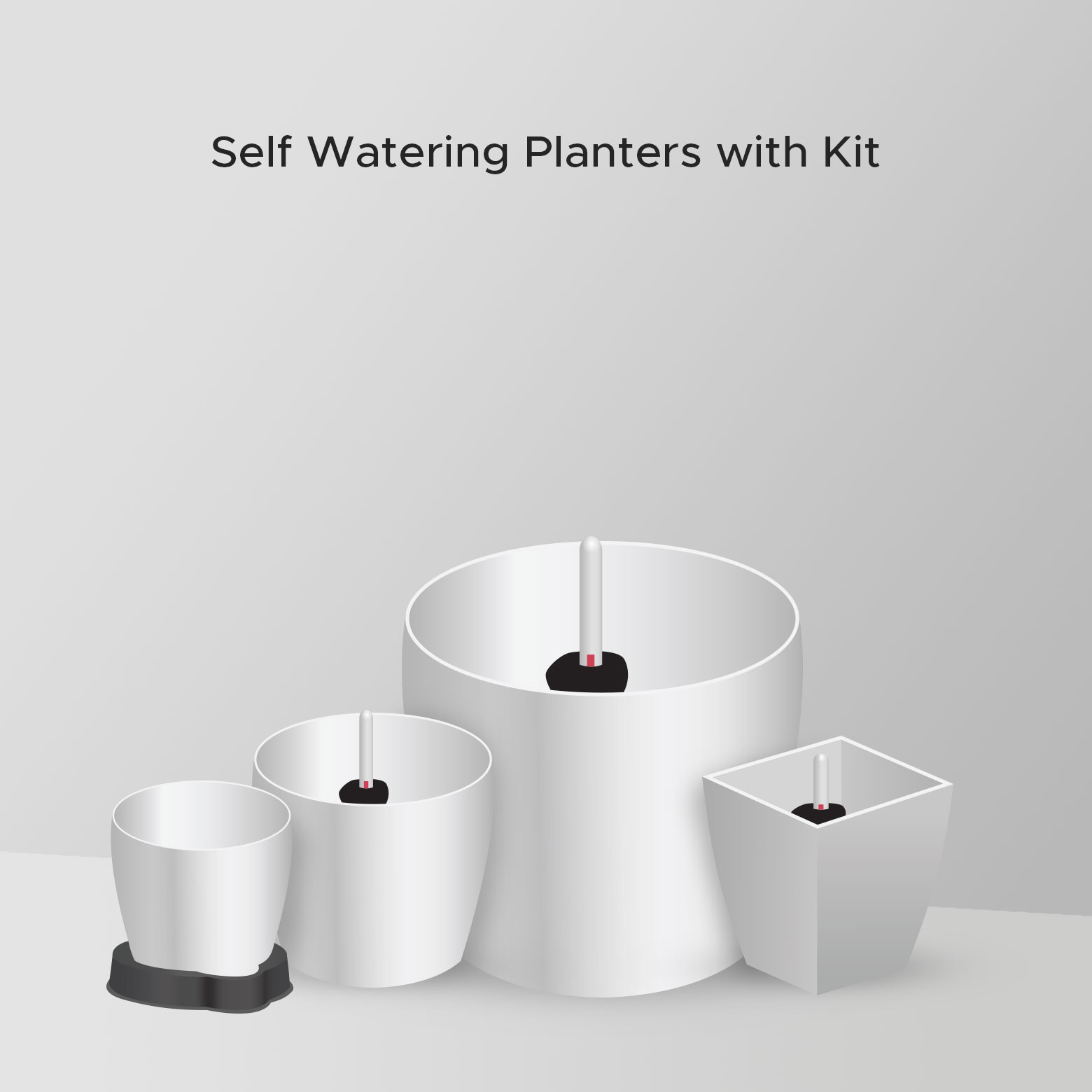
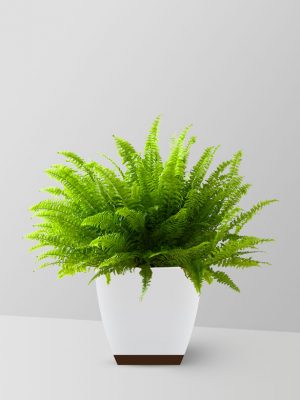
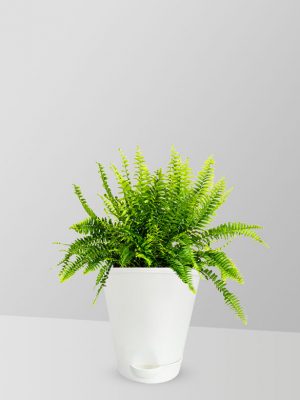
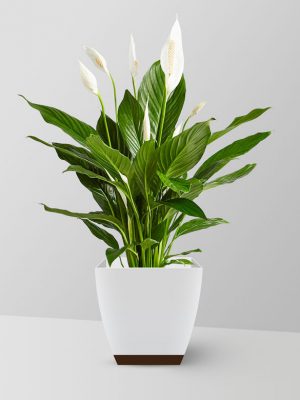
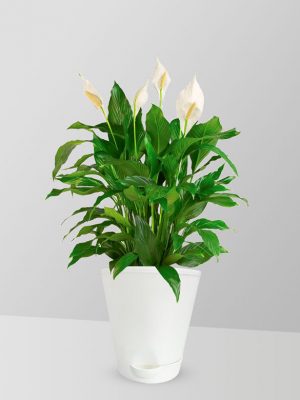
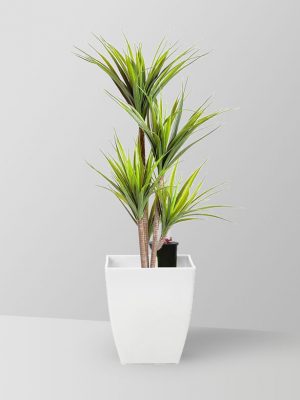
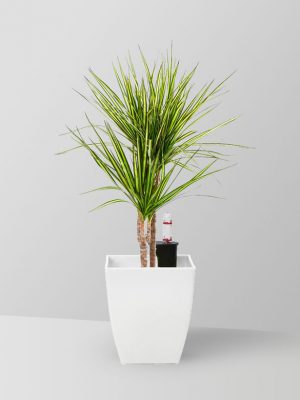
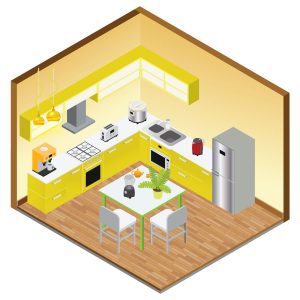


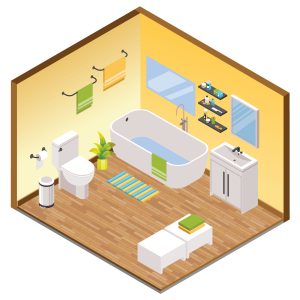
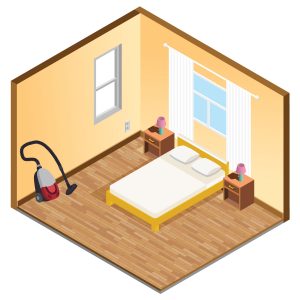
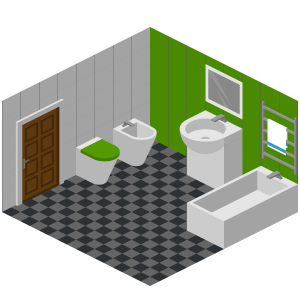

1 review for Scented Jasmine
There are no reviews yet.